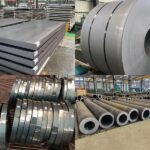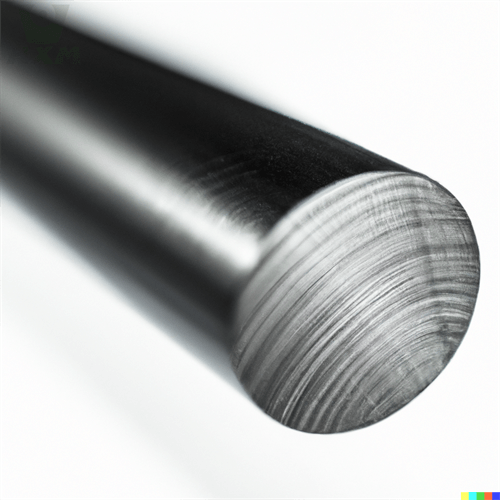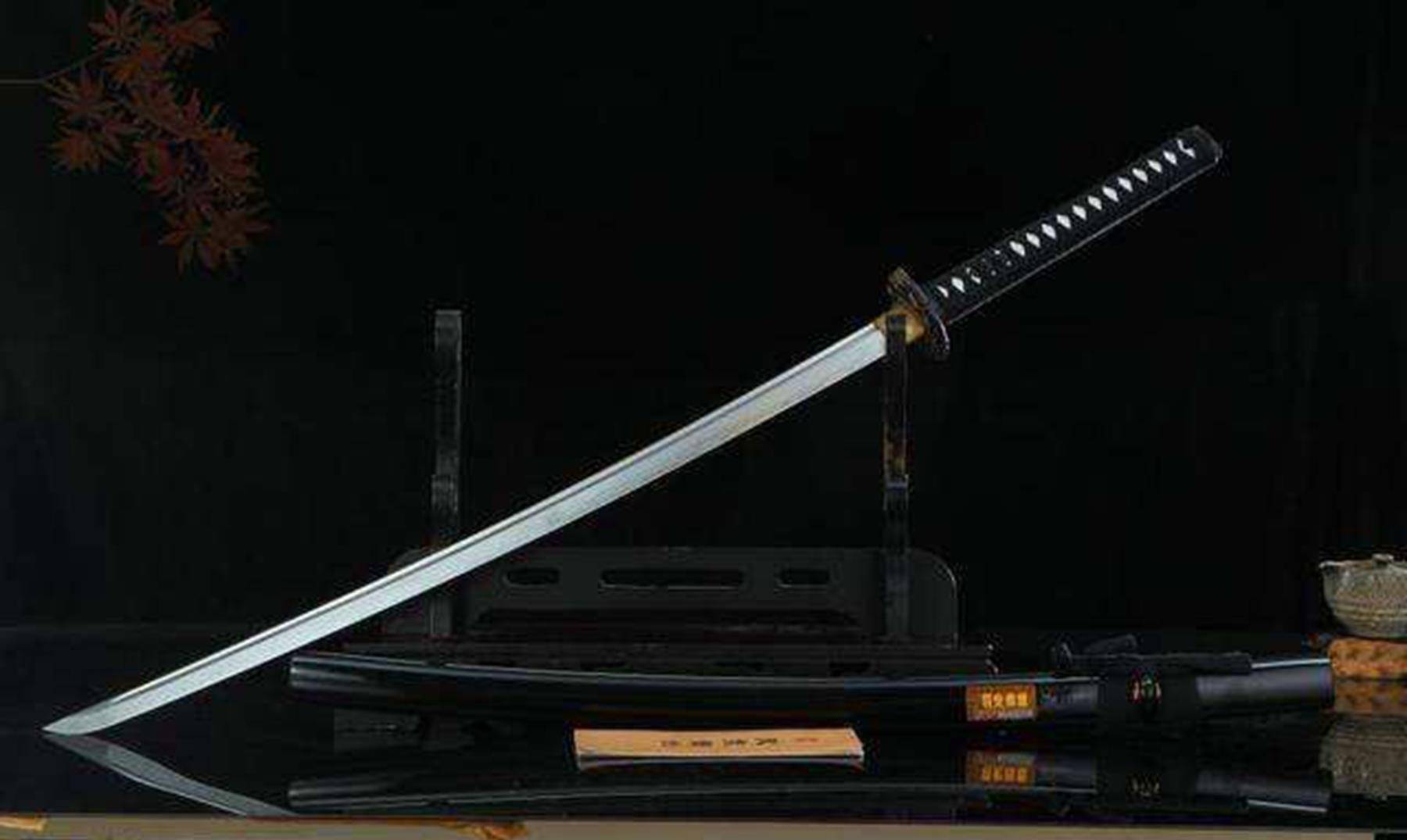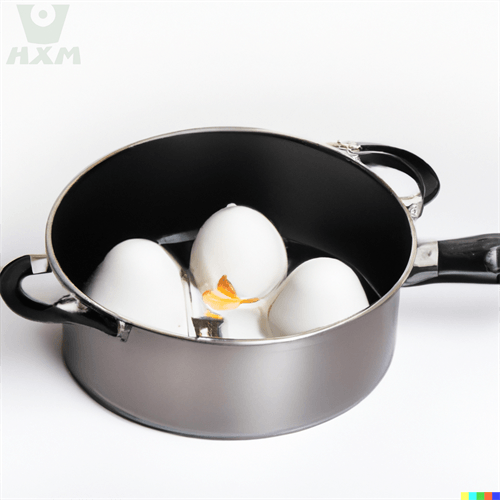Carbon tool steel, as a type of low-alloy high-carbon steel, possesses excellent comprehensive properties due to its unique chemical composition, making it widely used in the manufacturing of cutting tools, cold punching dies, and quenching dies. To further enhance the hardness of carbon tool steel, quenching and tempering treatment becomes essential.

Effect of Quenching and Tempering Treatment on the Hardness of Carbon Tool Steel and Precautions:
While quenching and tempering treatment can impart carbon tool steel with tempered sorbite and maintain its Rockwell hardness at approximately HRC 20-30, achieving the desired results, more nuanced control over process parameters is crucial to cater to a broader range of application scenarios and performance requirements.
Firstly, in terms of quenching temperature, during the quenching and tempering process, excessively high quenching temperatures can lead to grain growth in the steel, thereby reducing its strength and hardness. Conversely, insufficient quenching temperatures may result in incomplete phase transformation, ultimately affecting the steel’s hardness. Thus, meticulous control of quenching temperature is necessary to avoid detrimental effects on the steel’s hardness.
Secondly, regarding holding time, the specific duration directly impacts the hardness of carbon tool steel. Typically, a holding time of 30-60 minutes leads to a notable increase in hardness. However, exceeding this range can lead to a sharp decline in hardness as the carbides dissolve completely, underscoring the importance of precise control over holding time.
Furthermore, the choice of quenching medium significantly influences the hardness of carbon tool steel. Appropriate quenching media can enhance hardness while minimizing cracking and deformation during quenching. Common quenching media for carbon tool steel include water, oil, and specialized agents. For instance, while oil provides slower cooling rates, it is beneficial for reducing distortion in large workpieces, necessitating careful selection of quenching media during the quenching and tempering process.
Additionally, the cooling method plays a pivotal role in affecting the hardness of carbon tool steel. Faster cooling rates help retain more austenitic structure, resulting in higher hardness. Conversely, slower cooling rates facilitate the transformation of austenite into more stable microstructures, causing a decrease in hardness.
Conclusion
In conclusion, carbon tool steel, as a widely used metallic material, has diverse applications in modern industrial production. Quenching and tempering treatment can effectively improve its hardness and strength. Nevertheless, it is imperative to pay close attention to quenching temperature, holding time, quenching medium, and cooling method, as these factors significantly impact the steel’s hardness.
Why Choose Huaxia Steel?
Thank you for reading our article and we hope it can help you have a better understanding of the effect of quenching and tempering treatment on the hardness of carbon tool steel and precautions. If you are looking for suppliers and manufacturers of tool steel, we would advise you to visit Huaxia Steel.
As a leading supplier of tool steel, Huaxia Steel offers customers high-quality tool steels such as D2 Steel Plate, 440C Steel Bar, and O1 Steel Bar at a very competitive prices.








